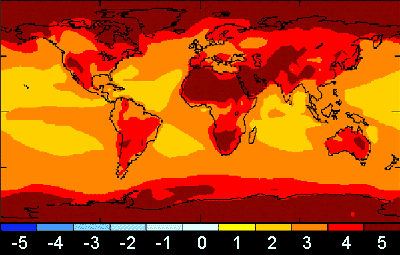In September Chevron announced the discovery of a field containing up to 15 billion barrels of oil beneath the Gulf of Mexico, touting it as “a platform for growth for years to come.” Read the fine print, though, and you get a different story. To recover the first samples of oil there in 2004, engineers floating 175 miles off the Louisiana coast had to send drill gear into 7,000-foot-deep water and penetrate four miles of rock. The company spent tens of millions of dollars on computer modeling, cutting-edge seismological tools, and exploratory drilling; just renting the drill rig cost Chevron and its partners more than $200,000 a day. The results suggest that oil from the new reservoir, called Jack 2, could cost three to four times as much to extract as oil from traditional locations
The upside of stratospheric oil prices is reflected in what is happening on the other side of the balance sheet. The past year looks like the turning point when alternatives to fossil fuels—everything from solar energy, wind turbines, ethanol, and the hybrid car—finally hit the mainstream. “We’ll look back and say this is the year where people rallied together to start down the irreversible path of becoming less dependent on oil,” says Samir Kaul, a partner in venture capital firm Khosla Ventures, which invests in energy and other tech startups.
Meanwhile, the markets are voting with their dollars. By the summer, the stock market value of all renewable energy firms larger than $40 million doubled, to total $50 billion. Venture capitalists, big banks, and even old-school bond peddlers jumped in. This past year, 39 French and German wind farms bought nearly $600 million in bonds in May from Italian Bank UniCredit’s HVB Group—a deal that would have been unheard of even two years ago…
Even Big Oil is jumping headlong into the renewables market.
More at the link below:
[DiscoverMagazine]










